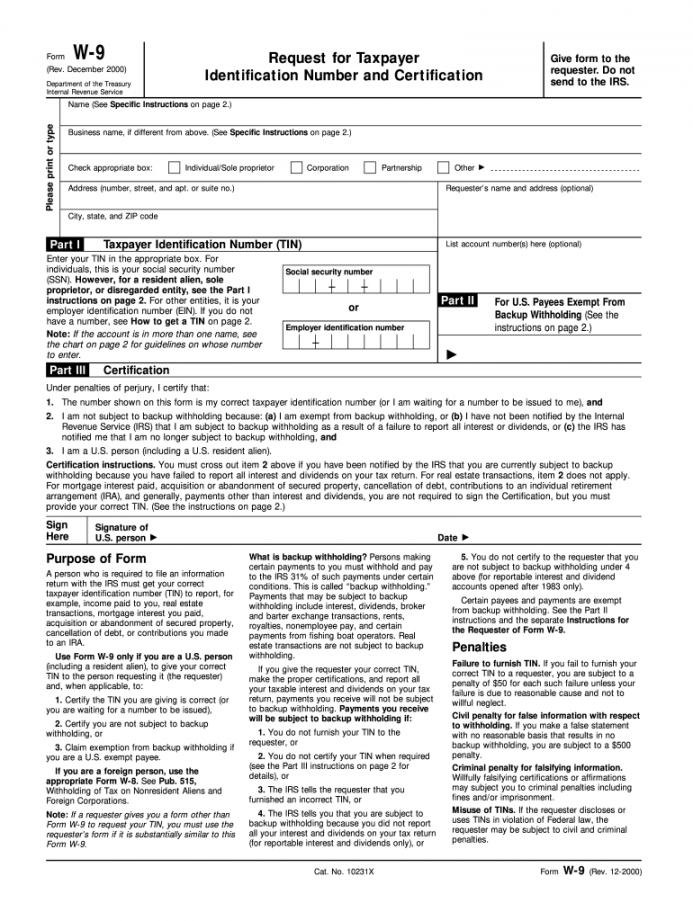Primepower Sri Lanka
Sri Lanka Development Update 2023
RECENT ECONOMIC DEVELOPMENTS
The economy contracted by 7.8 percent in 2022 and 7.9 percent in the first half of 2023. Construction, manufacturing, real estate, and financial services suffered the most amid shrinking private credit, shortages of inputs, and supply chain disruptions, worsening the negative welfare impacts of income contractions and job losses registered in 2022. Headline inflation, measured by the Colombo Consumer Price Index, peaked at 69.8 percent in September 2022 and subsequently declined sharply to 4 percent in August 2023 from a high base amid subdued demand. Decelerating inflation was beneficial for households’ welfare, and helped limit further increases in food insecurity and malnutrition, especially among poor households.
The central bank began to loosen monetary policy as inflation decelerated. Policy rates were cut by 250 basis points in June 2023 and by a further 200 basis points in July, bringing the Standing Deposit Facility rate down to 11 percent and the Standing Lending Facility rate to 12 percent. Supported by policy rate cuts and better clarity on domestic debt restructuring, the 91-day T-bill rates fell below 20 percent in July 2023 (for the first time since April 2022).
Between January and July 2023, the merchandise trade deficit contracted by US$1 billion, driven by import restrictions and subdued import demand (primarily for intermediate and investment goods), despite the reduction in exports driven by weak global demand. Foreign exchange liquidity pressures are easing due to the absence of large debt service payments, strong remittance flows, and improved tourism earnings, leading to an accumulation of usable foreign reserves to US$2.4 billion by end-July 2023 (equivalent to 5-6 weeks of imports of goods and services). Stronger remittance flows contributed to higher non-labor income, although it also reflected an increase in emigration since the start of the crisis. After depreciating by 81 percent against the US Dollar in 2022, the currency (LKR) appreciated by 11 percent from January to August of 2023.
The overall fiscal deficit increased in the first four months of 2023, driven by a sharp rise in interest payments, despite higher total revenues and, consequently, a near closing of the primary deficit. While some of the necessary fiscal reforms, including new revenue measures, have improved overall progressivity, indirect taxes, and rising energy prices are placing a disproportionate burden on the poor and vulnerable. Unless mitigated with targeted measures, the removal of energy subsidies could lead to further poverty increases.

CHALLENGES
Sri Lanka’s longstanding structural weaknesses were elevated by several shocks, which ultimately plunged the country into an economic crisis. Poor governance, a restrictive trade regime, a weak investment climate, episodes of loose monetary policy, and an administered exchange rate contributed to macroeconomic imbalances. Fiscal indiscipline led to high fiscal deficits and large gross financing needs, which, together with risky commercial borrowing, elevated debt vulnerabilities. Ill-timed tax cuts in 2019 further eroded weak fiscal buffers and led to a rapid growth in debt to unsustainable levels. As Sri Lanka lost access to international financial markets in 2020 and official reserves dropped precipitously thereafter, the forex liquidity constraint ultimately led to severe shortages of essential goods in 2022. The country announced an external debt service suspension in April 2022, pending debt restructuring. Amid the crisis, half a million jobs were lost, food insecurity and malnutrition increased, poverty doubled, and inequality widened.
The government is implementing structural reforms to regain macroeconomic stability and a sustainable growth path, including cost-reflective utility pricing, revenue-enhancing measures, and trade, investment, state-owned enterprise, and social protection reforms. Key legislation is being enacted on monetary policy, debt, and public financial management. In March 2023, the IMF approved a 48-month Extended Fund Facility of approximately US$3 billion to support the government’s reform program, which was followed by budget support from development partners, including the World Bank. Debt restructuring discussions with external creditors are ongoing. The Parliament approved a domestic debt restructuring strategy in July 2023, which excluded financial sector held government securities issued under domestic law.
OUTLOOK
Growth prospects depend on progress with debt restructuring and the implementation of growth-enhancing structural reforms. Inflation is projected to stay in single digits amid weak demand, as monetization of fiscal deficits wanes. Further, monetary loosening and exchange rate pressures could counter this trend. Poverty is projected to increase in 2023 before declining over the medium term, in line with the slow recovery. Despite the removal of import restrictions, the current account deficit is expected to narrow further in 2023, due to continued liquidity constraints, and remain benign thereafter with the recovery in tourism and remittances. Although the primary deficit is expected to decline in 2023, the overall balance will remain high due to the large interest bill. Debt restructuring and a revenue-based fiscal consolidation are projected to reduce the overall balance in the medium-term. While recent macroeconomic performance has been better than expected, downside risks remain high, given a narrow path to recovery and limited buffers. A prolonged or insufficiently deep external debt restructuring, a deterioration in the political situation (including a backlash to the reforms), inadequate domestic revenue mobilization, limited external financing support, a sharper global slowdown, and a prolonged recovery from the scarring effects of the crisis are key risks to restoring stability, regaining a sustainable growth path, and bringing Sri Lanka back to precrisis rates of poverty. The financial sector needs continuous monitoring, given high exposures to the public sector, rising nonperforming assets, and tight liquidity conditions.
The necessary macroeconomic adjustments may initially adversely affect growth, poverty, and inequality, but will correct overall imbalances, help regain access to international financial markets, and build the foundation for sustainable growth. Mitigating the impacts on the poor and vulnerable remains critical during the adjustment.
Last Updated: Oct 03, 2023


